Annual flowers from the garden can be cut for artistic arrangement and enjoyment in the home. Annuals grown from seed will flower in the time of one season or year.
Annuals come to us from almost all parts of the world. Most are highly adaptable and will provide bloom and fragrance from early spring to late fall.
For cutting flowers, set aside a sunny spot in the garden devoted to flowers to use for cutting. Thus the main bed or border will not be denuded when flowers are cut for display in the house.
Annuals that make excellent cut flowers include African Daisy, Annual Carnation, Babys Breath, Bachelors Button, Annual Chrysanthemum, Cosmos, Everlastings (Helichrysum), Godetia, Grasses, Larkspur, Love-in-a-mist, Lupine, Marigold, Mignonette, Mourning Bride (Scabiosa), Nasturtium, Painted Tongue, Pansy, Petunia, Phlox, Pinks, Poppy, Stock, Sweet Peas, Sweet Sultan (Centaurea moschata), and Verbena.
Here are profiles of 20 flowering annuals for cutting. Click on the red botanical name to get how-to-grow tips for each.
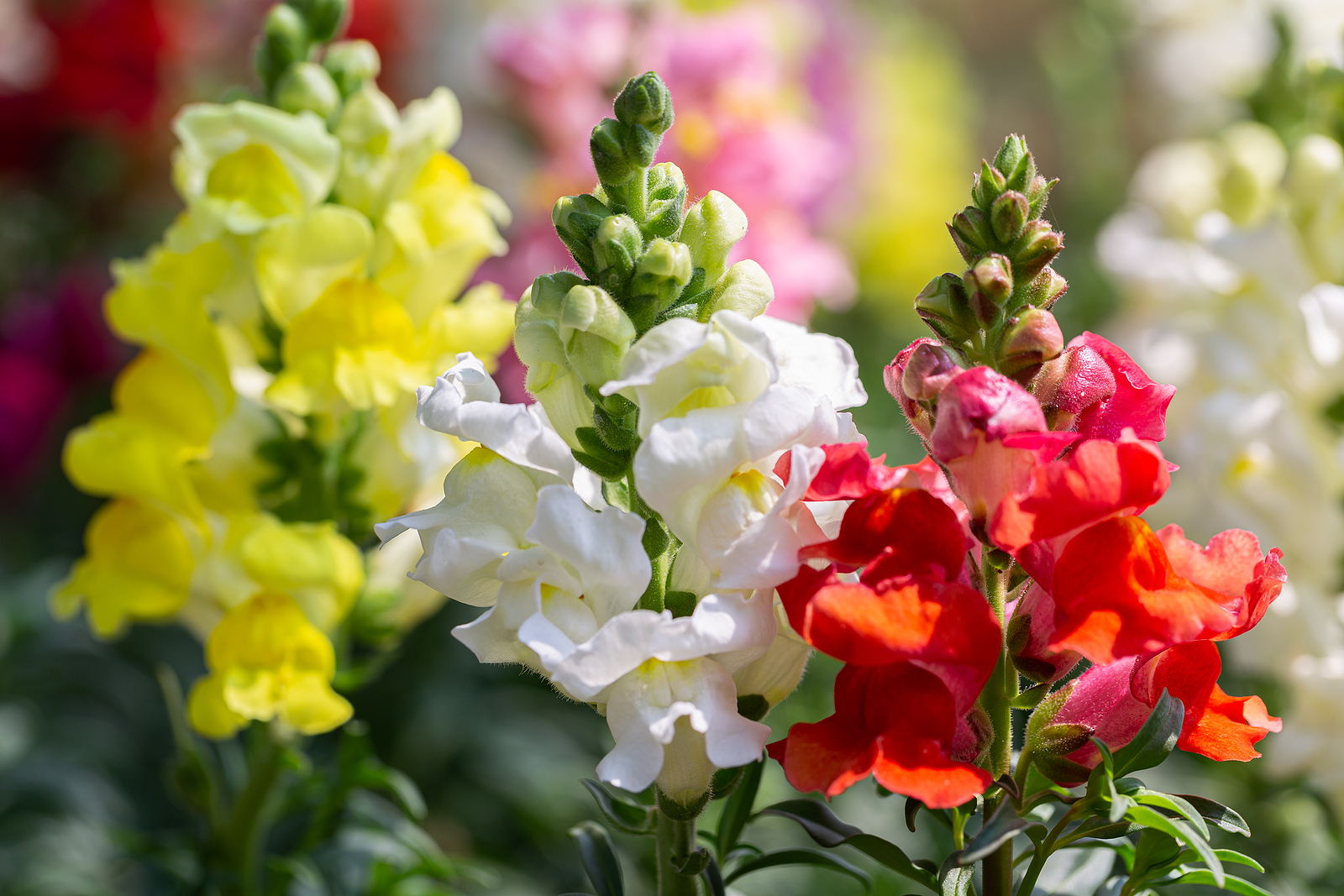 Antirrhinum majus (snapdragon). Snapdragons are among the most popular garden flowers. The fanciful two-lipped flowers bear a resemblance to dragons’ heads or butterflies. Snapdragons are tender perennials most often grown as hardy annuals. The tubular flowers appear in columns above foliage that can be green or bronze. There are mat-forming cultivars and tall cultivars. Snapdragons are used for sunny borders, bedding, containers, cut flowers, and greenhouses. Snapdragons are easy to grow from seed. Sow snapdragons 8 to 10 weeks before the last spring frost. Plants grown when night temperatures are cool—45
Antirrhinum majus (snapdragon). Snapdragons are among the most popular garden flowers. The fanciful two-lipped flowers bear a resemblance to dragons’ heads or butterflies. Snapdragons are tender perennials most often grown as hardy annuals. The tubular flowers appear in columns above foliage that can be green or bronze. There are mat-forming cultivars and tall cultivars. Snapdragons are used for sunny borders, bedding, containers, cut flowers, and greenhouses. Snapdragons are easy to grow from seed. Sow snapdragons 8 to 10 weeks before the last spring frost. Plants grown when night temperatures are cool—45 to 50°F (7.2-10°C)—in spring or fall will be sturdier than ones grown in higher temperatures. Snapdragons reach perfection in spring and early summer.
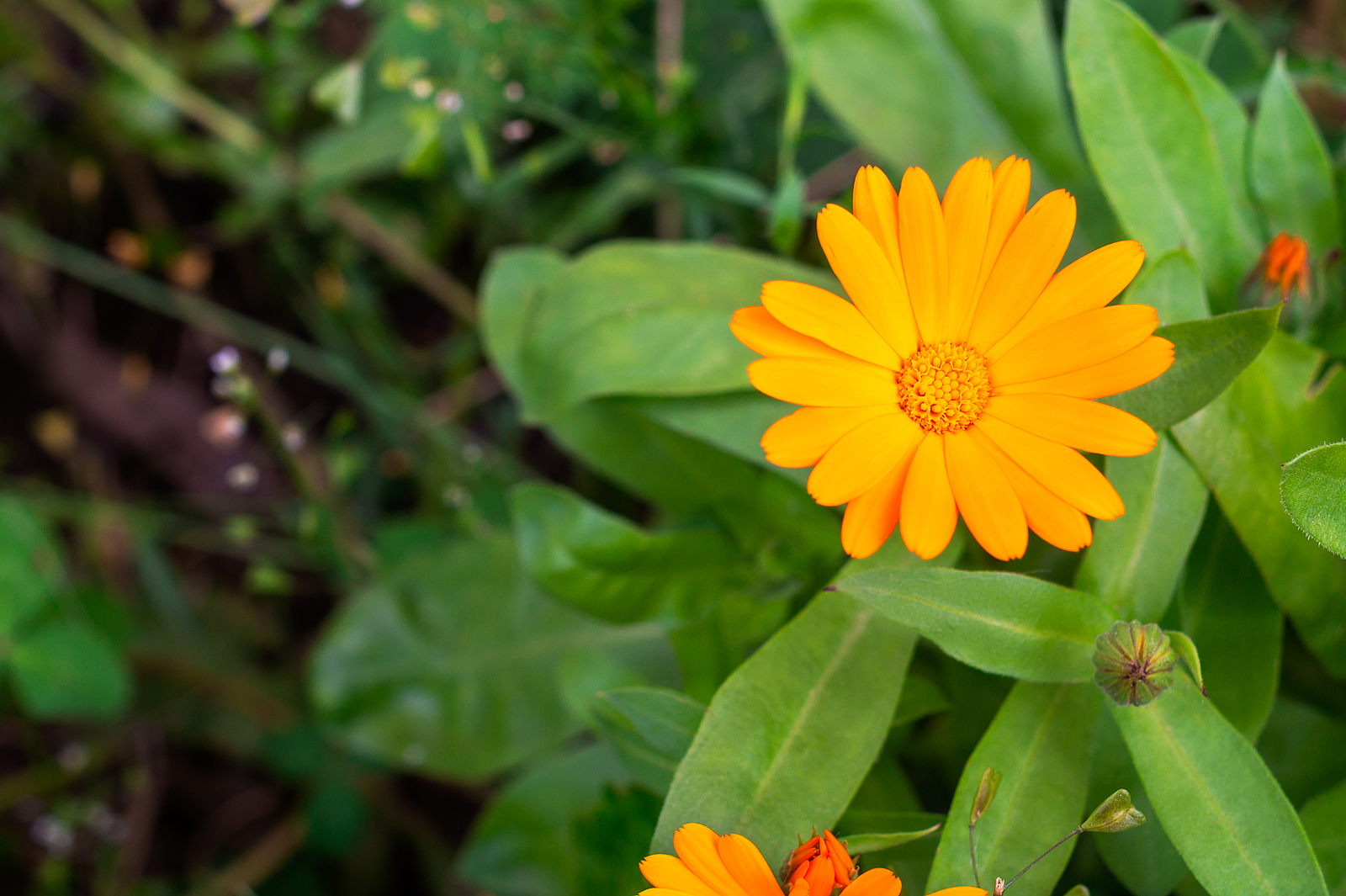 Calendula officinalis (pot marigold).Pot marigolds, Calendula officinalis, are a cool-season annual. Pot marigolds can be planted out into the garden in winter in Zones 8-11. In colder zones, start seed indoors 6 to 8 weeks before the last spring frost for transplanting out 2 to 3 weeks before the average last frost date. Calendulas can be readily grown from seed. The large seeds are easy to handle and plant and they germinate quickly. Use calendulas in beds and as edging in borders; grow them in the herb garden (the leaves and flowers are edible) and in containers. Grow pot marigolds until late spring then plant them again at the end of summer for autumn bloom.
Calendula officinalis (pot marigold).Pot marigolds, Calendula officinalis, are a cool-season annual. Pot marigolds can be planted out into the garden in winter in Zones 8-11. In colder zones, start seed indoors 6 to 8 weeks before the last spring frost for transplanting out 2 to 3 weeks before the average last frost date. Calendulas can be readily grown from seed. The large seeds are easy to handle and plant and they germinate quickly. Use calendulas in beds and as edging in borders; grow them in the herb garden (the leaves and flowers are edible) and in containers. Grow pot marigolds until late spring then plant them again at the end of summer for autumn bloom.
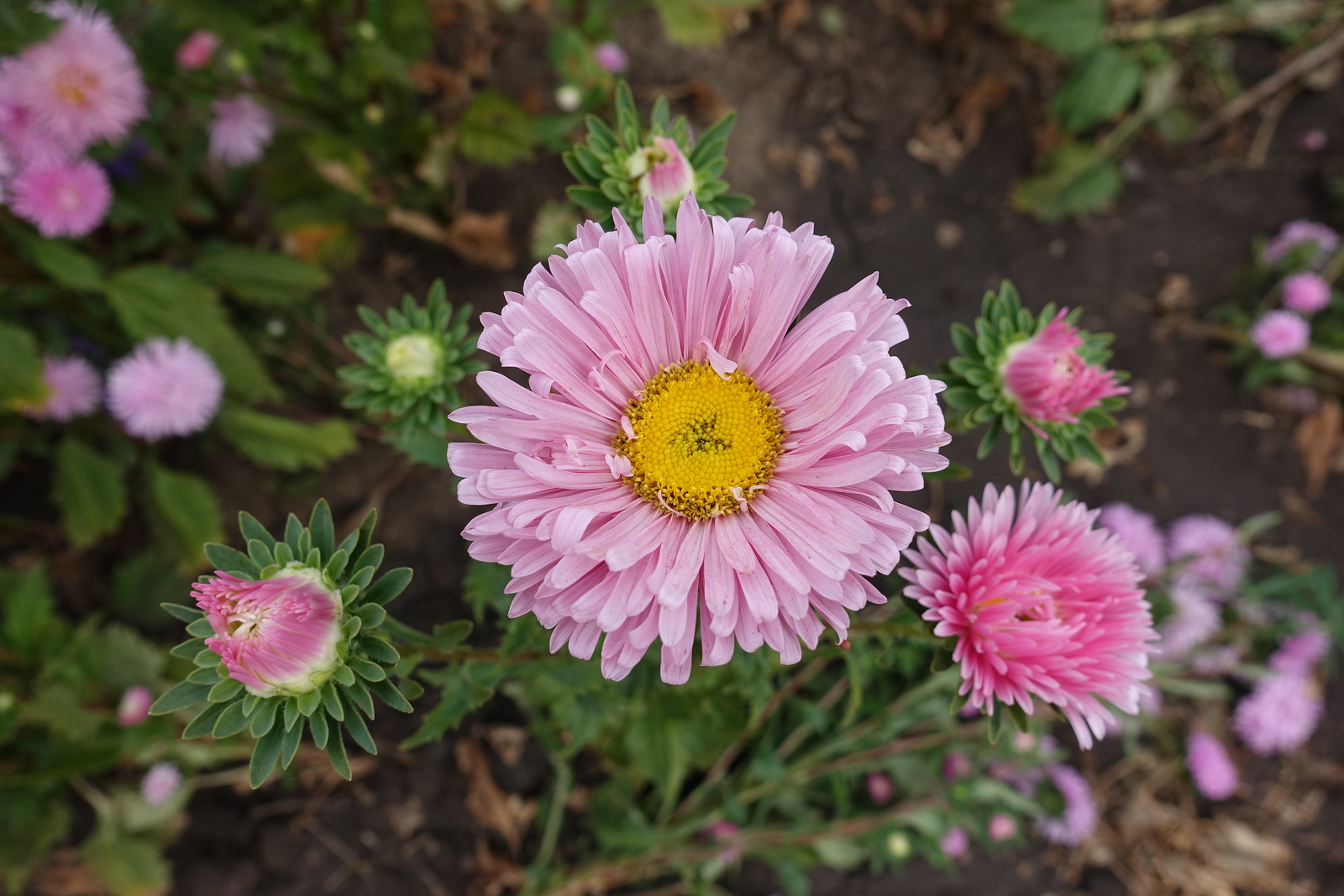 Callistephus chinensis (China aster). China asters—Callistephus chinensis–is a lush and spectacular annual. The plants grow from 12 to 30 inches tall and are much-branched. The frilly flowers average 2 to 3 inches across and appear on wiry stems. They come in all shades of lavender, purple, rose, pink, crimson, and white. China asters bloom from late summer to frost. Start seeds indoors in spring; when the weather warms sow seed outdoors. Sow seed every 2 weeks for at least 6 weeks to have a long season of bloom. Individual plants are short-lived. China asters have long stems and make good cut flowers. China asters can be grown as a summer annual in all zones.
Callistephus chinensis (China aster). China asters—Callistephus chinensis–is a lush and spectacular annual. The plants grow from 12 to 30 inches tall and are much-branched. The frilly flowers average 2 to 3 inches across and appear on wiry stems. They come in all shades of lavender, purple, rose, pink, crimson, and white. China asters bloom from late summer to frost. Start seeds indoors in spring; when the weather warms sow seed outdoors. Sow seed every 2 weeks for at least 6 weeks to have a long season of bloom. Individual plants are short-lived. China asters have long stems and make good cut flowers. China asters can be grown as a summer annual in all zones.
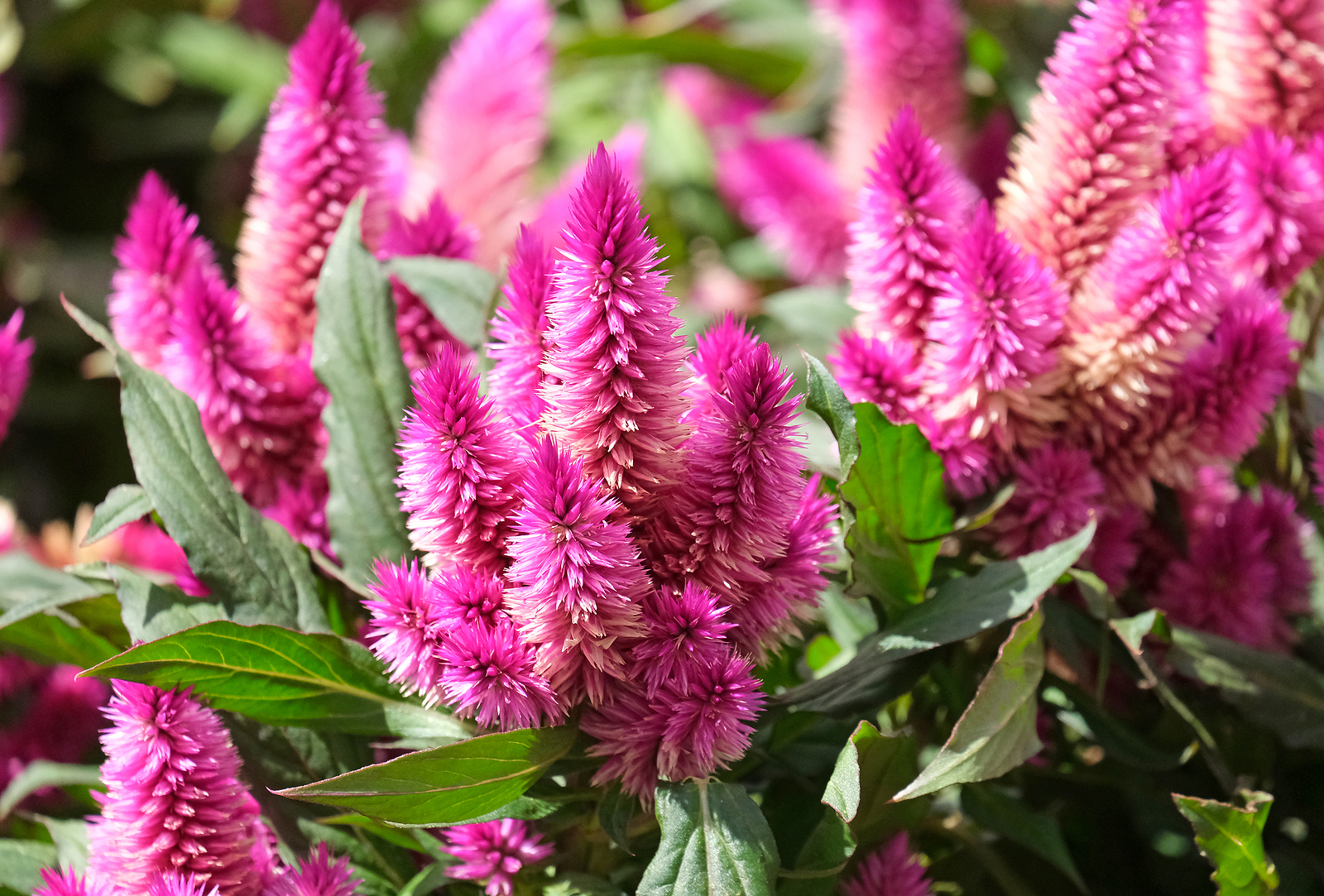 Celosia argentea (cockscomb). Cockscomb—botanical name Celosia–is a brilliant-colored, plumy perennial usually grown as an annual. Cockscomb flowers are fiery shades of red, pink, orange, or yellow. Use cockscomb as an edging along walkways or mass them for a blaze of color in beds and borders. Celosia flowers can be silky plumed or rippled (crested). The rippled flowers give Celosia its common name cockscomb—similar to a rooster’s comb. Set cockscomb in the garden in late spring or early summer—well after the last frost when the soil is warm. Start seed indoors 6 weeks before the last frost. Sow seed outdoors after all danger of frost has passed. Celosia is an easy-to-grow summer annual in Zones 4 to 11.
Celosia argentea (cockscomb). Cockscomb—botanical name Celosia–is a brilliant-colored, plumy perennial usually grown as an annual. Cockscomb flowers are fiery shades of red, pink, orange, or yellow. Use cockscomb as an edging along walkways or mass them for a blaze of color in beds and borders. Celosia flowers can be silky plumed or rippled (crested). The rippled flowers give Celosia its common name cockscomb—similar to a rooster’s comb. Set cockscomb in the garden in late spring or early summer—well after the last frost when the soil is warm. Start seed indoors 6 weeks before the last frost. Sow seed outdoors after all danger of frost has passed. Celosia is an easy-to-grow summer annual in Zones 4 to 11.
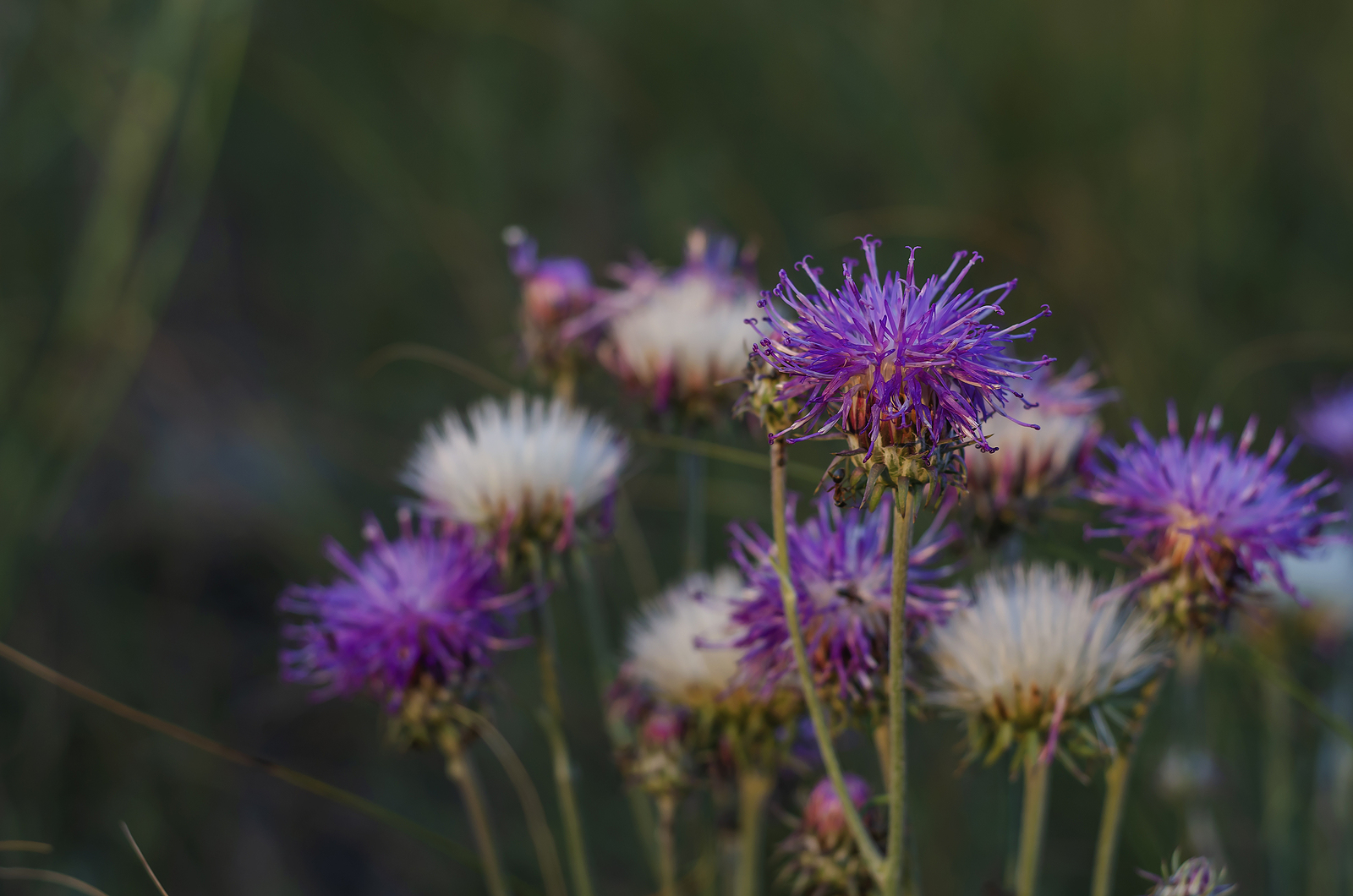 Centaurea cyanus (cornflower). Bachelor’s buttons are among annuals that can be grown through winter in many regions. They are hardy to Zones 3 through 10. They can withstand temperatures from 25° to 28°F (-3.9°/-2.2°C). Bachelor’s buttons—botanical name Centaurea cyanus—want full sun and average well-drained soil. Besides the old favorite blue, bachelor’s buttons, also called cornflowers, come in pink, red, maroon, lavender, and white. They bloom so prolifically with so little care that they are often the first plants children grow on their own. The blooms are about 2 inches (5cm) across on stems that grow 1 to 3 feet (30-90cm) tall. In winter, set out established plants. To start bachelor’s buttons from seed in the garden, wait until about 2 weeks before the average spring’s last frost date.
Centaurea cyanus (cornflower). Bachelor’s buttons are among annuals that can be grown through winter in many regions. They are hardy to Zones 3 through 10. They can withstand temperatures from 25° to 28°F (-3.9°/-2.2°C). Bachelor’s buttons—botanical name Centaurea cyanus—want full sun and average well-drained soil. Besides the old favorite blue, bachelor’s buttons, also called cornflowers, come in pink, red, maroon, lavender, and white. They bloom so prolifically with so little care that they are often the first plants children grow on their own. The blooms are about 2 inches (5cm) across on stems that grow 1 to 3 feet (30-90cm) tall. In winter, set out established plants. To start bachelor’s buttons from seed in the garden, wait until about 2 weeks before the average spring’s last frost date.
 Cleome basslerana (spider flower). Cleome—commonly called spider flower—can be sown directly in the garden in spring or early summer. Cleome can add a tropical touch to flower beds and borders. This tall annual bears spiny stems of divided foliage and round clusters of small, spidery white, pink, or purple flowers with a light fragrance in summer. Cleome grows quickly to 4 feet tall or taller and just as wide. Grow Cleome in the background of other plants; it can be grown as a flowering summer hedge against walls or fences. It also grows well in containers. Flowers can be cherry-red, mauve, pink, purple, rose, ruby, and white. There are several named cultivars. Cleome readily self-sow. Grow Cleome as an annual in all zones.
Cleome basslerana (spider flower). Cleome—commonly called spider flower—can be sown directly in the garden in spring or early summer. Cleome can add a tropical touch to flower beds and borders. This tall annual bears spiny stems of divided foliage and round clusters of small, spidery white, pink, or purple flowers with a light fragrance in summer. Cleome grows quickly to 4 feet tall or taller and just as wide. Grow Cleome in the background of other plants; it can be grown as a flowering summer hedge against walls or fences. It also grows well in containers. Flowers can be cherry-red, mauve, pink, purple, rose, ruby, and white. There are several named cultivars. Cleome readily self-sow. Grow Cleome as an annual in all zones.
 Consolida ambigua (rocket larkspur). Larkspur looks very much like delphinium; they are members of the same genus. Larkspur or Rocket Larkspur are the names commonly applied to the annual species of perennial Delphinium. There is a minimal structural distinction between larkspur and delphinium; delphinium flower spikes are larger; larkspur is smaller, of looser form, and less imposing. Larkspur has spurred, delphinium-like flower stalks in pink, blue, or white rising above feathery, softly downy, mid-to dark green leaves. Larkspur is a favorite choice for cottage gardens and annual borders. Sow seed indoors 8 to 10 weeks before the last frost in spring. Sow Larkspur directly in the garden from early spring to mid-spring as soon as the soil can be worked; larkspur can also be planted in fall. Larkspur grows well in Zones 4 to 10.
Consolida ambigua (rocket larkspur). Larkspur looks very much like delphinium; they are members of the same genus. Larkspur or Rocket Larkspur are the names commonly applied to the annual species of perennial Delphinium. There is a minimal structural distinction between larkspur and delphinium; delphinium flower spikes are larger; larkspur is smaller, of looser form, and less imposing. Larkspur has spurred, delphinium-like flower stalks in pink, blue, or white rising above feathery, softly downy, mid-to dark green leaves. Larkspur is a favorite choice for cottage gardens and annual borders. Sow seed indoors 8 to 10 weeks before the last frost in spring. Sow Larkspur directly in the garden from early spring to mid-spring as soon as the soil can be worked; larkspur can also be planted in fall. Larkspur grows well in Zones 4 to 10.
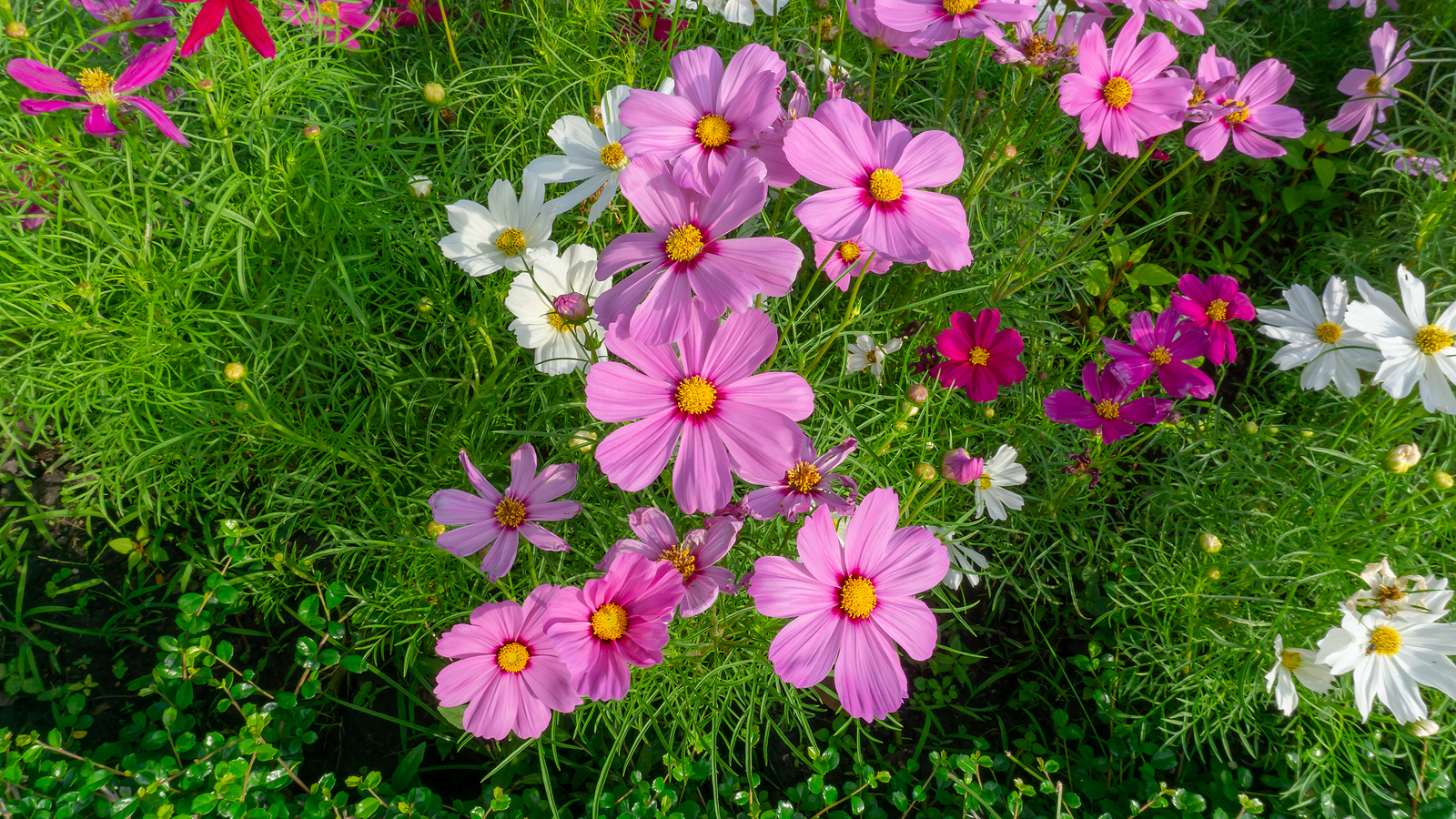 Cosmos bipinnatus (cosmos). Cosmos is an old-fashioned favorite that bears clouds of daisylike flowers on long stems above feathery foliage. Cosmos can be started from seed indoors. Sow seeds indoors 3 to 6 weeks before the last frost; seeds will germinate in about 5 days. Transplant Cosmos into the garden two or three weeks after the last frost in spring. It will bloom from late spring into autumn. Mass cosmos in large bands or groups in flower beds and borders. Grow cosmos in containers. It also be used in meadows and wildflower gardens. Grow cosmos as a summer annual in all zones.
Cosmos bipinnatus (cosmos). Cosmos is an old-fashioned favorite that bears clouds of daisylike flowers on long stems above feathery foliage. Cosmos can be started from seed indoors. Sow seeds indoors 3 to 6 weeks before the last frost; seeds will germinate in about 5 days. Transplant Cosmos into the garden two or three weeks after the last frost in spring. It will bloom from late spring into autumn. Mass cosmos in large bands or groups in flower beds and borders. Grow cosmos in containers. It also be used in meadows and wildflower gardens. Grow cosmos as a summer annual in all zones.
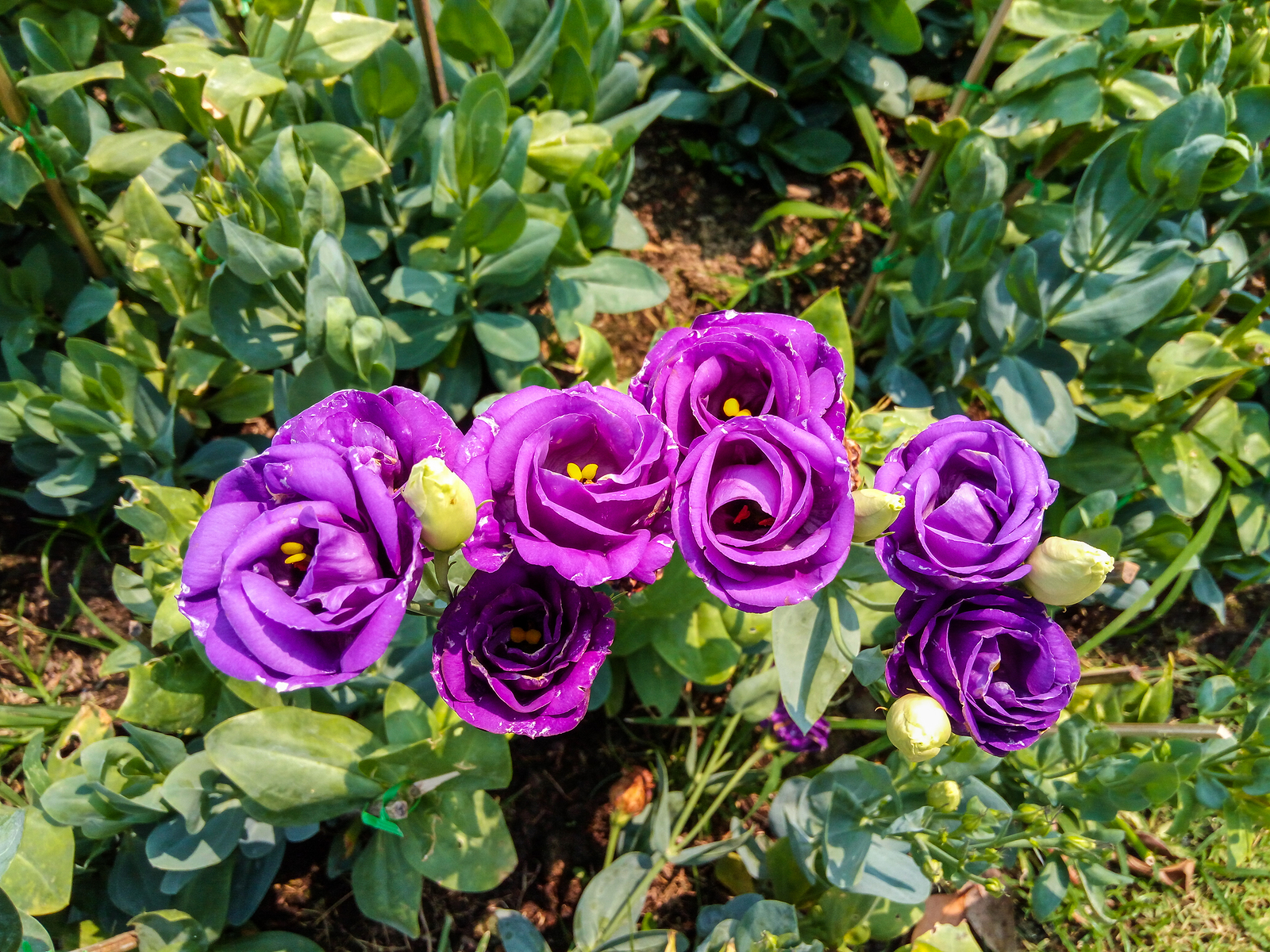 Eustoma grandiflora (lisianthus). Prairie gentian, Eustoma, produces bell-shaped flowers single or in clusters. The satiny blossoms are 2 inches (5cm) across; they can be white, blue, pink, or purple, with a dark central patch that is paler than the lobes. Prairie gentian is also known as lisianthus and Texas bluebell. Plants grow to 36 inches (90cm) tall. They are hardy in Zones 3-9. Plant prairie gentian outdoors in spring when the soil is warm. Grow them indoors throughout the year. Sow seed in autumn or late winter in a seed starting medium.
Eustoma grandiflora (lisianthus). Prairie gentian, Eustoma, produces bell-shaped flowers single or in clusters. The satiny blossoms are 2 inches (5cm) across; they can be white, blue, pink, or purple, with a dark central patch that is paler than the lobes. Prairie gentian is also known as lisianthus and Texas bluebell. Plants grow to 36 inches (90cm) tall. They are hardy in Zones 3-9. Plant prairie gentian outdoors in spring when the soil is warm. Grow them indoors throughout the year. Sow seed in autumn or late winter in a seed starting medium.
 Heliotropium arborescens (heliotrope). Heliotrope planted in spring is in bloom in autumn. You can set out container-grown plants now. Heliotrope is a perennial plant that bears tiny dark violet, purple, blue, or white blossoms held on a rounded 3 to 4-inch (7-10cm) cluster. Blossoms have a sweet, delicate fragrance. Heliotrope is an old-fashioned garden favorite. It can reach 4 feet (1.2m) tall and 2 feet (.6m) wide. There are dwarf forms that grow to just 12 inches (30cm) tall. Heliotrope needs partial shade in hot summer regions; in cool summer regions, it can be grown in full sun. Prune it lightly each spring to keep the plant from getting rangy. A potted heliotrope can grow for years. Clips spent blooms to keep heliotrope blooming all season.
Heliotropium arborescens (heliotrope). Heliotrope planted in spring is in bloom in autumn. You can set out container-grown plants now. Heliotrope is a perennial plant that bears tiny dark violet, purple, blue, or white blossoms held on a rounded 3 to 4-inch (7-10cm) cluster. Blossoms have a sweet, delicate fragrance. Heliotrope is an old-fashioned garden favorite. It can reach 4 feet (1.2m) tall and 2 feet (.6m) wide. There are dwarf forms that grow to just 12 inches (30cm) tall. Heliotrope needs partial shade in hot summer regions; in cool summer regions, it can be grown in full sun. Prune it lightly each spring to keep the plant from getting rangy. A potted heliotrope can grow for years. Clips spent blooms to keep heliotrope blooming all season.
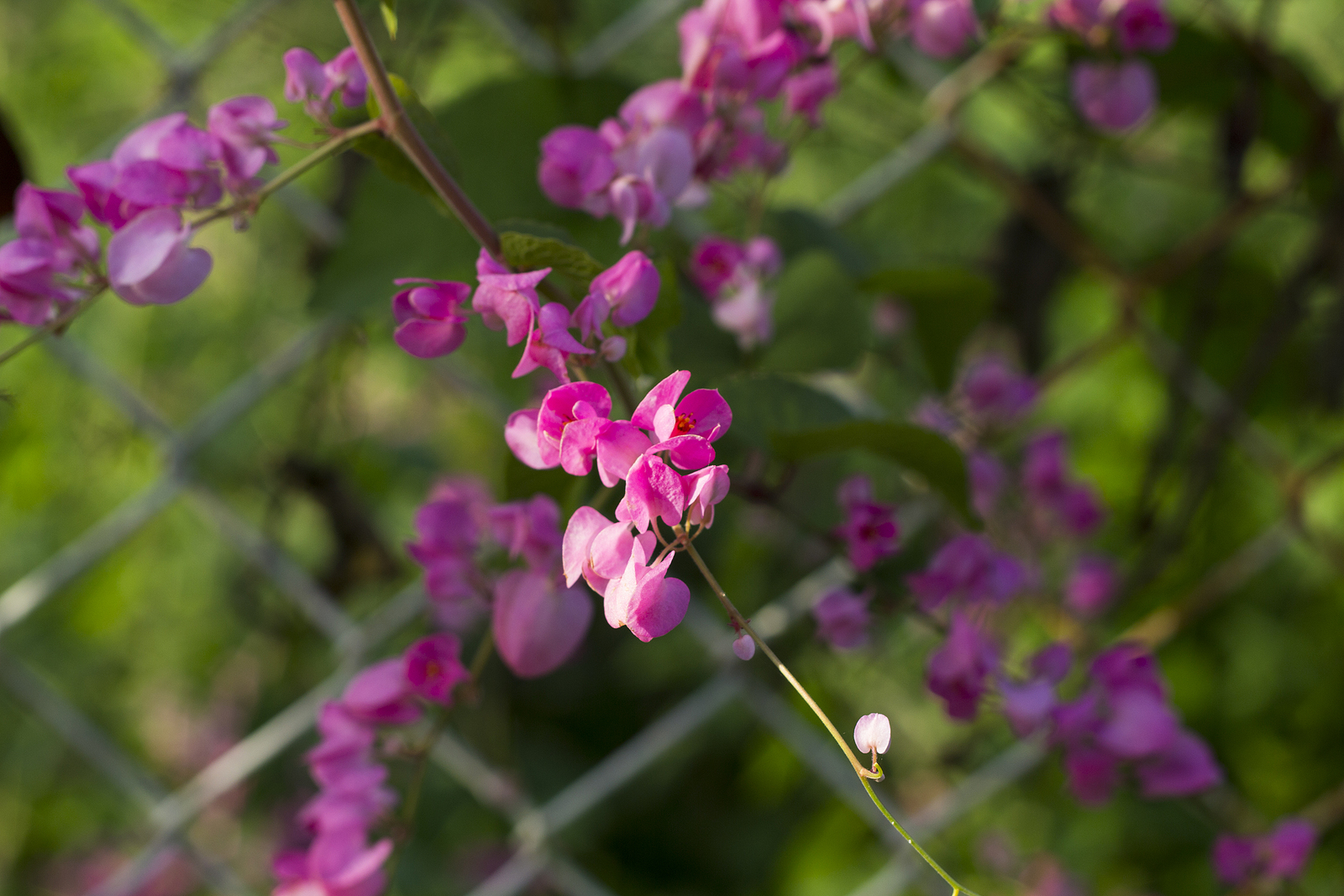 Lathyrus odorata (sweet pea). Sweet pea flowers are dainty, fragrant, and showy. Flowers grow from long, winged stems, often with tendrils. Sweet peas bloom in a rainbow of colors; Pealike flowers 1 inch (2.5cm) or wider appear in shades of yellow, peach, white, rose, red, blue, and lavender. Some sweet peas grow as bushes, others as vines climbing arches and trellises. Sweet peas can be grown as annuals in all zones. They will grow as biennials in mild-winter regions, Zones 9 to 11. Start seed indoors in early to mid-spring; where there is little frost, start seed in fall, and treat plants like biennials. Set sweet pea transplants in the garden in spring at about the time of the last frost. The botanical name for the sweet pea is Lathyrus.
Lathyrus odorata (sweet pea). Sweet pea flowers are dainty, fragrant, and showy. Flowers grow from long, winged stems, often with tendrils. Sweet peas bloom in a rainbow of colors; Pealike flowers 1 inch (2.5cm) or wider appear in shades of yellow, peach, white, rose, red, blue, and lavender. Some sweet peas grow as bushes, others as vines climbing arches and trellises. Sweet peas can be grown as annuals in all zones. They will grow as biennials in mild-winter regions, Zones 9 to 11. Start seed indoors in early to mid-spring; where there is little frost, start seed in fall, and treat plants like biennials. Set sweet pea transplants in the garden in spring at about the time of the last frost. The botanical name for the sweet pea is Lathyrus.
 Matthiola incana (stock). Stock, Matthiola, is a hardy annual or biennial with dense pastel-shaded racemes of four-petaled, clove-scented flowers that appear on tall spires. Stock can grow to 30 inches (76cm) tall. It has gray-green lance or lobe-shaped leaves that often appear dusty. Stock can be grown year-round in mild-winter regions. It is grown spring through summer in most regions. Stock dislikes heat above 90°F (32°C). It flowers best when temperatures are near 65°F (18°C). Sow seeds where plants will grow about 4 weeks before the last frost; repeat plant a few weeks later for a continuing supply of cut flowers. Plant stock in beds and borders. It is a traditional choice for cottage gardens.
Matthiola incana (stock). Stock, Matthiola, is a hardy annual or biennial with dense pastel-shaded racemes of four-petaled, clove-scented flowers that appear on tall spires. Stock can grow to 30 inches (76cm) tall. It has gray-green lance or lobe-shaped leaves that often appear dusty. Stock can be grown year-round in mild-winter regions. It is grown spring through summer in most regions. Stock dislikes heat above 90°F (32°C). It flowers best when temperatures are near 65°F (18°C). Sow seeds where plants will grow about 4 weeks before the last frost; repeat plant a few weeks later for a continuing supply of cut flowers. Plant stock in beds and borders. It is a traditional choice for cottage gardens.
 Nigella damascena (love-in-a-mist). Love-in-a-mist, Nigella, is a ferny-leaved annual that produces light blue flowers surrounded by delicate, finely-divided leaflike bracts. Each flower becomes a balloon-like green seedpod that is striped with purple or bronze. Nigella is a member of the buttercup family. Flowers appear in warm weather. In mild-winter regions, Nigella blooms in late winter and spring. The flowers and seedpods are often used in flower arrangements. Start seed indoors about 8 weeks before the last frost. In Zones 2-7 sow seeds outdoors in early spring a few weeks before the last frost. In Zones 8-11 sow seed in late autumn.
Nigella damascena (love-in-a-mist). Love-in-a-mist, Nigella, is a ferny-leaved annual that produces light blue flowers surrounded by delicate, finely-divided leaflike bracts. Each flower becomes a balloon-like green seedpod that is striped with purple or bronze. Nigella is a member of the buttercup family. Flowers appear in warm weather. In mild-winter regions, Nigella blooms in late winter and spring. The flowers and seedpods are often used in flower arrangements. Start seed indoors about 8 weeks before the last frost. In Zones 2-7 sow seeds outdoors in early spring a few weeks before the last frost. In Zones 8-11 sow seed in late autumn.
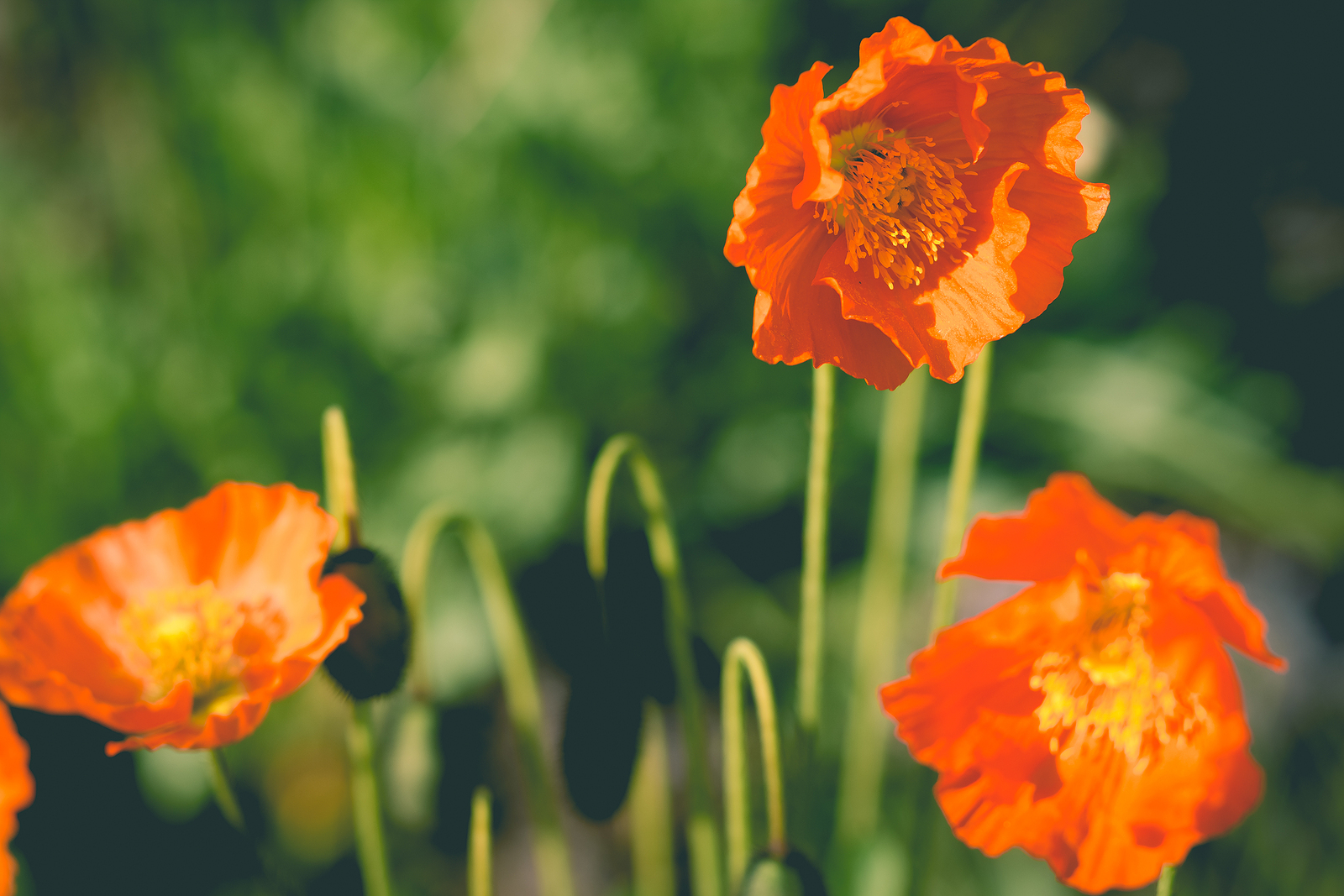 Papaver spp. (poppy). Poppy flowers are bright additions to the summer garden. Poppy flowers bear solitary or double cup-shaped flowers from 2 to 4 inches (5-10cm) across. Flowers often have a crepe-papery texture. Colors can be white, yellow, pink, red, orange, salmon, and purple. There are annual and perennial poppy flowers. Best known are the Iceland poppy, Oriental poppy, and Flanders poppy, also called Shirley poppy. The Iceland and Oriental poppies are short-lived perennials, often grown as annuals. The Flanders poppy is an annual. Start seeds of annual varieties indoors in early spring, before the last frost; start perennials varieties any time from spring through summer up to 3 months before the first frost in fall. Set transplants outdoors in mid-spring; transplant carefully as poppies do not like their roots disturbed. Annual poppies do not have long blooming periods, so sow seed successively every two weeks for continual color.
Papaver spp. (poppy). Poppy flowers are bright additions to the summer garden. Poppy flowers bear solitary or double cup-shaped flowers from 2 to 4 inches (5-10cm) across. Flowers often have a crepe-papery texture. Colors can be white, yellow, pink, red, orange, salmon, and purple. There are annual and perennial poppy flowers. Best known are the Iceland poppy, Oriental poppy, and Flanders poppy, also called Shirley poppy. The Iceland and Oriental poppies are short-lived perennials, often grown as annuals. The Flanders poppy is an annual. Start seeds of annual varieties indoors in early spring, before the last frost; start perennials varieties any time from spring through summer up to 3 months before the first frost in fall. Set transplants outdoors in mid-spring; transplant carefully as poppies do not like their roots disturbed. Annual poppies do not have long blooming periods, so sow seed successively every two weeks for continual color.
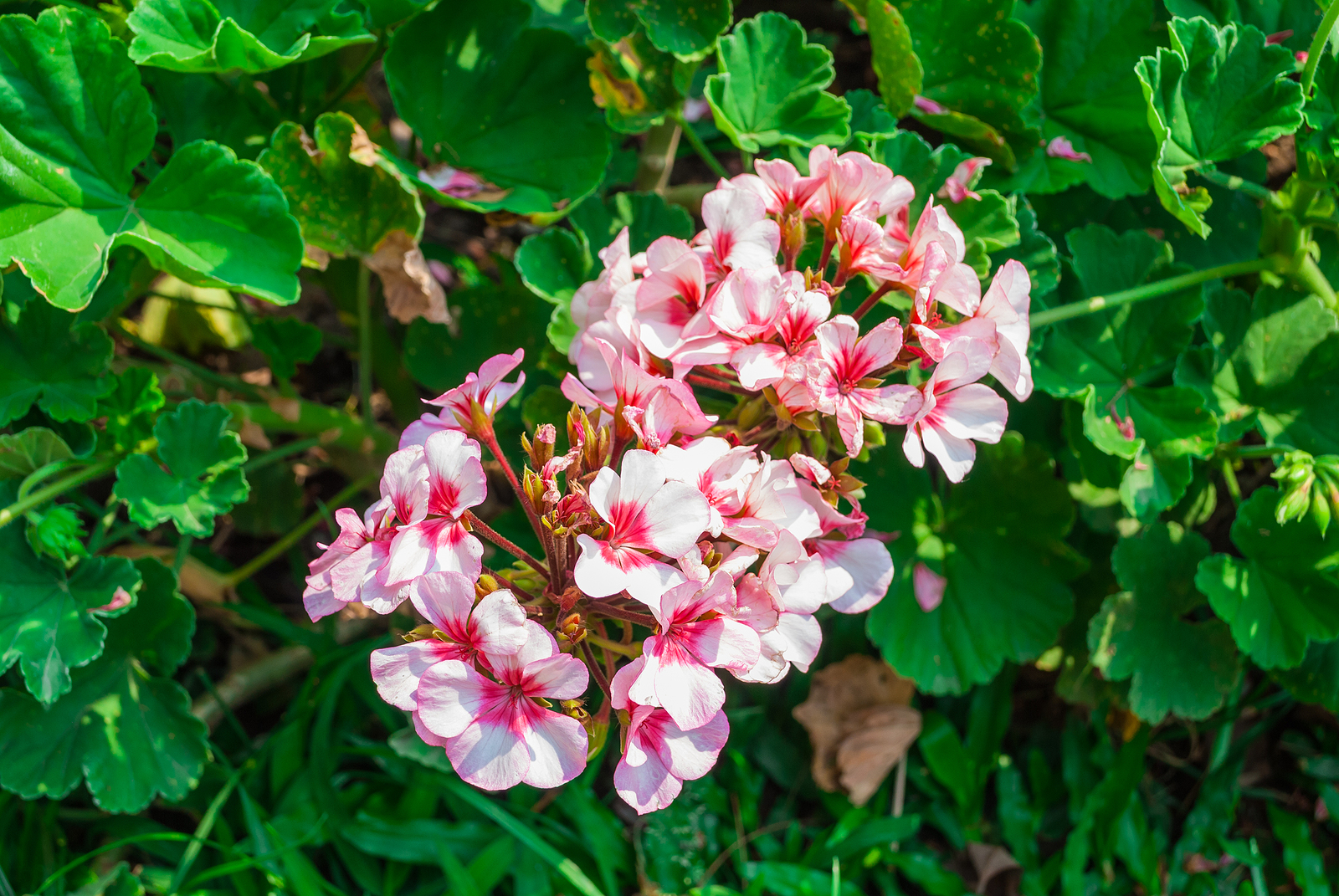 Pelargonium X hortorum (zonal geranium). This is a pelargonium—often called geranium—but botanically speaking it’s a pelargonium. These are frost-tender plants that you will want to pot up and bring indoors for winter if you live where frost is common. Pelargoniums prefer warm, dry days and cool nights. They can be grown outdoors year-round where winters are very mild. Give them afternoon shade in very hot regions and moderate to regular water. In containers, they bloom best if somewhat potbound.
Pelargonium X hortorum (zonal geranium). This is a pelargonium—often called geranium—but botanically speaking it’s a pelargonium. These are frost-tender plants that you will want to pot up and bring indoors for winter if you live where frost is common. Pelargoniums prefer warm, dry days and cool nights. They can be grown outdoors year-round where winters are very mild. Give them afternoon shade in very hot regions and moderate to regular water. In containers, they bloom best if somewhat potbound.
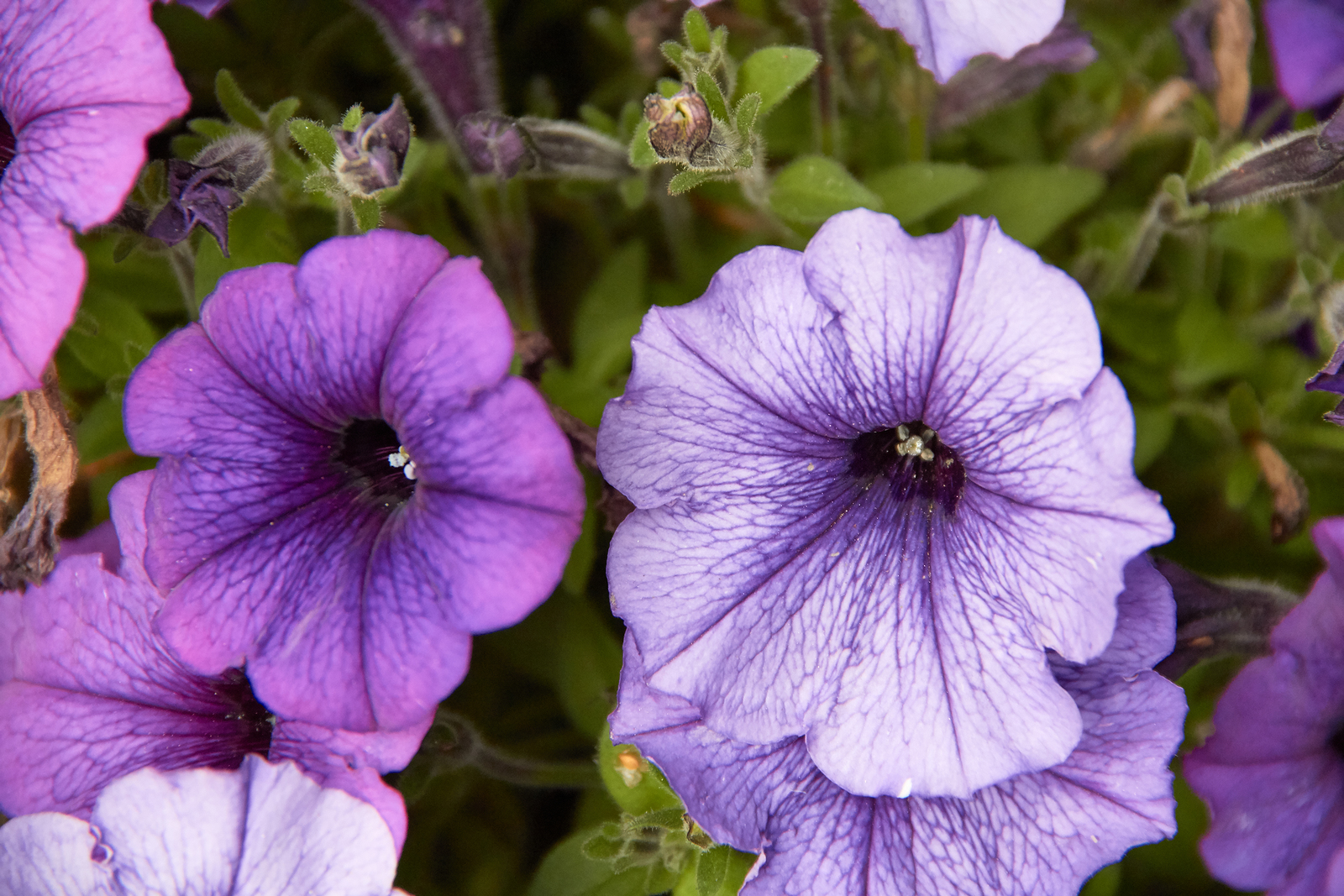 Petunia X hybrida (petunia). Grow petunias as a summer blooming annual in all zones. Petunias are one of the most popular summer bedding plants. There are hundreds of colorful cultivars. Some are suited for massing in flower beds and borders; others trail and sprawl and are well-suited for baskets and window boxes. Flowers range from the size of a penny to the size of a saucer. Petunias are available in red, pink, lavender, purple, white, and pale yellow; many are striped in contrasting colors.
Petunia X hybrida (petunia). Grow petunias as a summer blooming annual in all zones. Petunias are one of the most popular summer bedding plants. There are hundreds of colorful cultivars. Some are suited for massing in flower beds and borders; others trail and sprawl and are well-suited for baskets and window boxes. Flowers range from the size of a penny to the size of a saucer. Petunias are available in red, pink, lavender, purple, white, and pale yellow; many are striped in contrasting colors.
 Salvia farinacea (mealy-cup sage). Annual blue salvia is a colorful addition to summer beds and borders and containers. Sow seeds of annual blue salvia—botanical name Salvia farinacea—as soon as the soil has warmed. Set out transplants two weeks after the last frost. Annual blue salvia produces spikes of small purple-blue flowers from midsummer to fall. Annual blue salvia is sometimes called mealycup sage. The plant is actually an upright perennial in mild-winter regions but is most often grown as an annual. Grow annual blue salvia in full sun in Zones 2-6; grow in light shade in hot summer areas–Zones 7-11.
Salvia farinacea (mealy-cup sage). Annual blue salvia is a colorful addition to summer beds and borders and containers. Sow seeds of annual blue salvia—botanical name Salvia farinacea—as soon as the soil has warmed. Set out transplants two weeks after the last frost. Annual blue salvia produces spikes of small purple-blue flowers from midsummer to fall. Annual blue salvia is sometimes called mealycup sage. The plant is actually an upright perennial in mild-winter regions but is most often grown as an annual. Grow annual blue salvia in full sun in Zones 2-6; grow in light shade in hot summer areas–Zones 7-11.
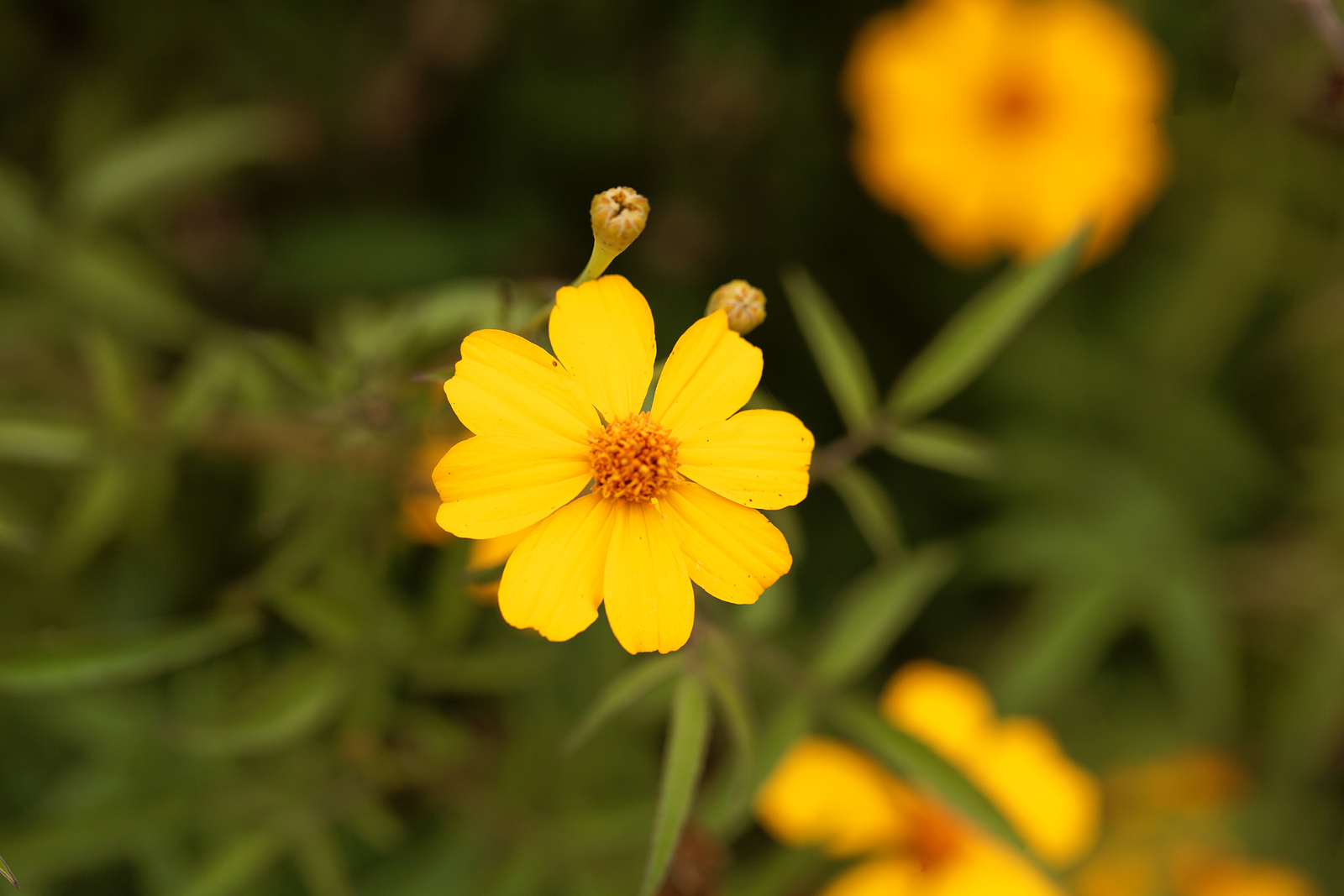 Tagetes spp. (marigold). Set marigolds in the garden in spring after all danger of frost has passed. Start seeds indoors 4 to 6 weeks before the last expected frost. Germination usually takes five days. Sow seeds outdoors when they will grow a week after the last frost in spring or later. Set container-grown plants in the garden after all danger of frost has passed after hardening them off in shade for a few days. African marigolds and French marigolds are commonly grown in summer gardens. African marigolds grow 2 to 4 feet (61-122cm) tall. French marigolds grow just 6 to 12 inches (15-30cm) tall. Grow marigolds as summer annuals in all zones.
Tagetes spp. (marigold). Set marigolds in the garden in spring after all danger of frost has passed. Start seeds indoors 4 to 6 weeks before the last expected frost. Germination usually takes five days. Sow seeds outdoors when they will grow a week after the last frost in spring or later. Set container-grown plants in the garden after all danger of frost has passed after hardening them off in shade for a few days. African marigolds and French marigolds are commonly grown in summer gardens. African marigolds grow 2 to 4 feet (61-122cm) tall. French marigolds grow just 6 to 12 inches (15-30cm) tall. Grow marigolds as summer annuals in all zones.
 Viola X wittrockiana (pansy). Violas and pansies are early spring to mid-summer bloomers. Pansies can grow to 8 inches (20cm) tall and have 2- to 3-inch (5-7.6cm) wide flowers. Violas are similar to pansies but smaller. Petal colors of both can be solid in shades of blue, purple, yellow, orange, and red as well as bi-color and tri-color blossoms. The leaves are oval, serrated, and green. The blossoms and leaves of pansies and violas are unharmed by light frost. Plant in spring in cold-winter regions; grow as winter bedding plants in Zones 9-11. Start seeds indoors in temperatures between 55° to 70°F (12.8°-21°C). Set pansies, violas, and violets in the garden a few weeks before the last frost in spring. In Zones 8-11, plant in autumn for early spring bloom. Sow seed outdoors in late spring or summer in northern regions; sow seed outdoors in fall in Zones 9-11.
Viola X wittrockiana (pansy). Violas and pansies are early spring to mid-summer bloomers. Pansies can grow to 8 inches (20cm) tall and have 2- to 3-inch (5-7.6cm) wide flowers. Violas are similar to pansies but smaller. Petal colors of both can be solid in shades of blue, purple, yellow, orange, and red as well as bi-color and tri-color blossoms. The leaves are oval, serrated, and green. The blossoms and leaves of pansies and violas are unharmed by light frost. Plant in spring in cold-winter regions; grow as winter bedding plants in Zones 9-11. Start seeds indoors in temperatures between 55° to 70°F (12.8°-21°C). Set pansies, violas, and violets in the garden a few weeks before the last frost in spring. In Zones 8-11, plant in autumn for early spring bloom. Sow seed outdoors in late spring or summer in northern regions; sow seed outdoors in fall in Zones 9-11.
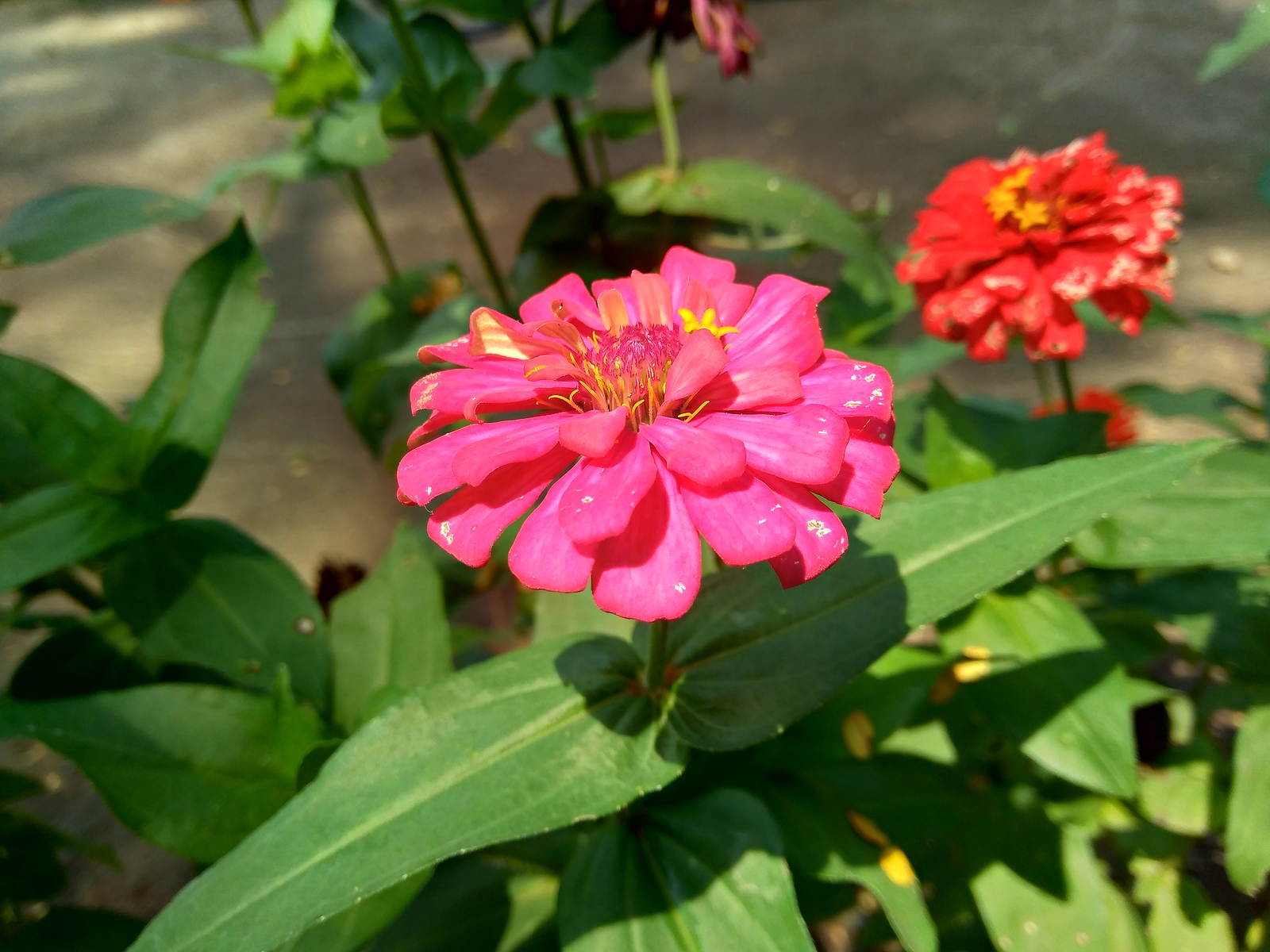 Zinnia elegans (common zinnia). Sow Zinnia seeds indoors 6 to 8 weeks before the last frost; sow seeds at 60° to 65°F (15.6-18°C). Transplant zinnias to the garden with care a week or two after the last frost in spring. For season-long blooms, sow seeds every 3 to 4 weeks until mid-summer. Zinnia elegans is an annual variety that grows 12 to 36 inches (30-91cm) tall. It bears flower heads from 1 to 7 inches (2.5-17cm) across; forms include full doubles, cactus flowered, and crested. Colors include white, pink, salmon, rose, red, yellow, orange, lavender, purple, and green. Often planted strains include Border Beauty, Burpeeana California Giants, Ruffles, State Fair, and Zenith.
Zinnia elegans (common zinnia). Sow Zinnia seeds indoors 6 to 8 weeks before the last frost; sow seeds at 60° to 65°F (15.6-18°C). Transplant zinnias to the garden with care a week or two after the last frost in spring. For season-long blooms, sow seeds every 3 to 4 weeks until mid-summer. Zinnia elegans is an annual variety that grows 12 to 36 inches (30-91cm) tall. It bears flower heads from 1 to 7 inches (2.5-17cm) across; forms include full doubles, cactus flowered, and crested. Colors include white, pink, salmon, rose, red, yellow, orange, lavender, purple, and green. Often planted strains include Border Beauty, Burpeeana California Giants, Ruffles, State Fair, and Zenith.
More cut flower articles of interest:
22 Flowering Perennials for Cutting
11 Flowering Bulbs for Cutting















